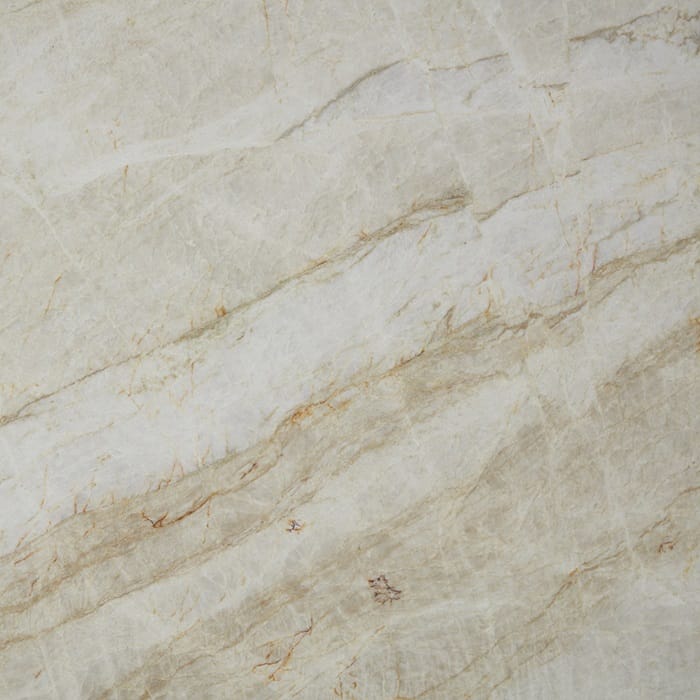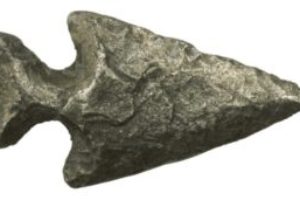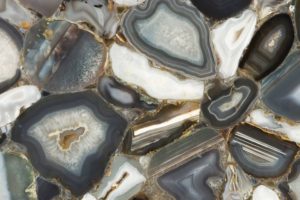
Quartzite is a durable, beautiful stone that comes in a wide variety of colors and patterns. Its cream shades are often used as a more durable substitute for marble because the veining gives a similar look. While we love the unique beauty of quartzite, there is a lot of conflicting information about it. We enjoy educating our clients so we put together this brief guide to help you make the best decision for your home.
What is Quartzite?
Quartzite is a natural, metamorphic rock. When quartz sandstone (compressed quartz sand grains) experiences extreme heat and pressure it turns into Quartzite. This happens when the sandstone becomes deeply buried under other layers of rock. The heat and compression cause the quartz crystals to partially melt and then recrystallize, creating the durable stone we call quartzite. The properties of the final stone depend on both the temperature and duration of heat that the stone was exposed to. Quartzite can come in a wide variety of colors from white and cream to bright reds, blues, and greens. These colors are created when water carries in additional minerals while the stone forming.
Maintenance
Because quartzite is made up almost entirely of the mineral quartz, it’s very durable. Quartz is one of the hardest minerals on Earth, making this stone highly resistant to scratches. The mineral quartz also doesn’t react to acid, so it cannot be etched like other natural stones. This makes maintaining quartzite quite simple.
The only thing homeowners need to worry about is preventing stains, which is true of any natural stone. Certain types of quartzite are more porous than others. This depends on how much heat and pressure the stone experienced while it was forming. Highly metamorphosed quartzites, like Taj Mahal, are very dense and more difficult to stain. Other types that have only somewhat recrystallized and will be more porous and will hold onto stains more easily. The best way to protect any stone countertop from staining is to periodically seal the surface and clean up and spills immediately. Another thing to keep in mind is that while most natural stones are considered heat resistant there is always a chance that it could crack under thermal shock. Be sure to use a hot pad under your pots and pans no matter what type of stone you choose.
Common Confusion
There is some confusion around quartzite that we’d like to clear up. One of the most common issues we see is customers mixing up quartz and quartzite. The man-made stone commonly referred to as quartz is not the same thing as quartzite. The confusion is understandable since their names are so similar. Quartzite a naturally formed stone while the quartz material is manufactured. There are many quartz companies that claim that their product is a natural stone, but this is misleading. Their products are made with natural quartz minerals, hence the name, but the slabs are made in a factory with the colors and patterns injected into the slab. While both materials can be a great choice for a countertop, it’s important to understand their differences so you can make the right choice for your home.
Another issue is that there is a type of marble called dolomitic marble which some fabricators are calling “soft quartzite”. From a geologic perspective, there is no such stone. They call it that because dolomitic marble is more resistant to etching when exposed to acid, which is one of the defining characteristics of quartzite. The problem is that dolomitic marble can still be etched, it’s just not as vulnerable as other types of marble. A true quartzite will never become etched from contact with acidic materials. Dolomitic marbles are still marbles and should be treated as such.
If you’d like to learn even more about quartzite this is a great article written by Karin Kirk, a local geologist passionate about educating both the public and fabricators on the geology of stone.
If you’re interested in using quartzite for your next project contact us to help you get started.





